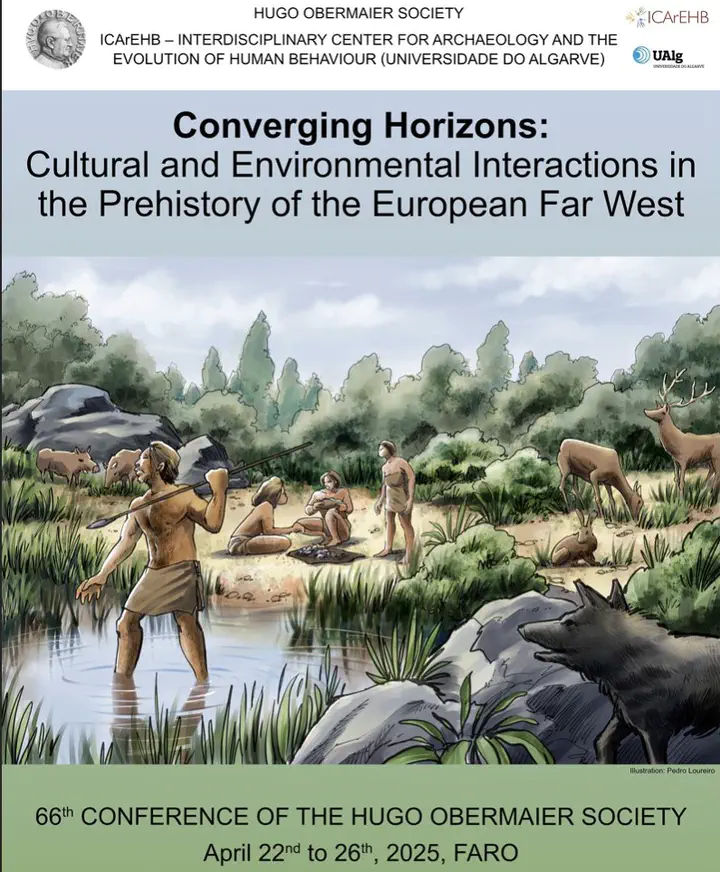On the exploitation and significance of bivalve shells at the Magdalenian site of Petersfels (South Germany)
 Image credit: Hugo Obermaier Society
Image credit: Hugo Obermaier SocietyAbstract
Shells, particularly mollusks from marine and freshwater, have served as essential proxies in exploring cultural and environmental interactions. Shells can reveal information about the habitats from which they were collected, the methods used for gathering and processing them, and the symbolic meanings various cultures have attributed to them. In this context, the site of Petersfels in Germany, with its rich collection of modified shells, presents a unique opportunity to investigate the origins, functions, and symbolic meanings of mollusk shells for the Magdalenian foragers of central Europe. This study presents findings from our investigation of the collection of bivalve shells recovered from the site, including 86 Glycymeris specimens, 2 Gryphaea arcuata, 2 Polymesoda, and a fragment of an oyster. By combining optical and digital microscopic observations with experimentation and statistical multivariate analysis, we aimed to 1) uncover the origins and selection of the bivalves, 2) discuss modifications of shells made by anthropogenic and natural agents, and 3) elucidate aspects of their functions and symbolism. Our detailed microscopic analysis showed that the bivalve shells were repurposed into ornaments. Some Glycymeris likely originated from the Mediterranean Sea or Atlantic and were collected or exchanged by the Magdalenian for their substantial cultural and symbolic value. Despite the integrity of the assemblage, the Glycymeris experienced taphonomic alterations that likely occurred after abandonment. The alteration affected the shell’s surfaces, partially erasing manufacturing and micro use-related traces. However, in four specimens, we noted visible parallel striations on the facets of the umbo, suggesting that some of the perforations were created through abrasion. Additionally, one Glycymeris exhibited a perforation technique consistent with sawing. The two fossil specimens of Gryphaea arcuata were instead perforated by drilling. The sample showed rounded and smooth perforations and evidence of plastic deformations, hinge thinning, and worn facets resulting from extended use. Two Glycymeris displayed double perforations, indicating a willingness to reuse the shells after the first perforation wore out. The utilization of mollusk shells signifies a crucial aspect of the symbolic and artistic expressions and the material culture of Magdalenian groups. The long distances traveled to gather or exchange them emphasize the significance of Glycymeris shells for the Magdalenian people at Petersfels, and their use reflects the depth and complexity of human thought and creativity during this period.